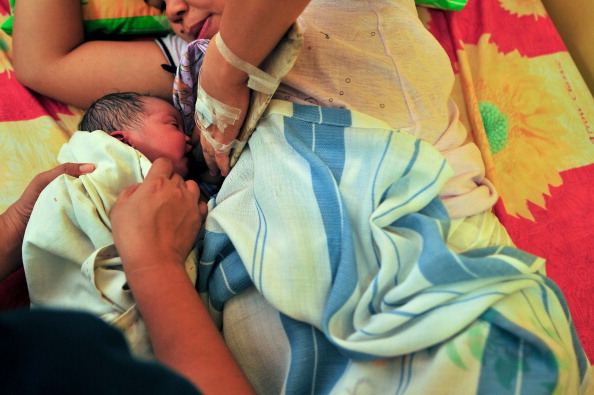
All would-be and present mothers know that giving birth is a huge risk. What most women don't know, however, is the degree experienced if they opt for either an in-home or hospital birth.
To know, researchers from Oregon Health & Science University led by Jonathan Snowden, PhD, conducted a study, which is already published in New England Journal of Medicine.
They focused on women with low pregnancy risks between 2012 and 2013. These are those who didn't have a breeched baby or multiple births. They also gave birth close to their expected due dates. The participants were then divided into two, one of which went for hospital while the other outside the hospital setting such as their homes.
Overall, the risks of perinatal death, or stillbirth, were very low in both settings at no more than 0.5%, but it's considerably higher among those who chose to give birth outside the hospital. Babies born in home, for example, were more likely to experience neonatal seizures, although the statistics were also very low. Mothers, on the other hand, were likely to go through postpartum hemorrhage in the out-of-hospital setting.
Meanwhile, women who selected a planned birth in hospitals had a higher chance of going through Caesarian delivery and other forms of delivery interventions. The study also suggested that C-section risks were around 24.7% for both options. The paper also cited the high dependence on C-sections, which could force some mothers to choose out-of-hospital birth.
Those who opted for planned hospital birth were also shown to have existing medical conditions that could affect their overall health and delivery such as high blood pressure, which is one of the major symptoms of pre-eclampsia, a serious maternal condition that can lead to death for both the child and the mother, and diabetes, including gestational diabetes, characterized by elevated blood sugar while pregnant.
